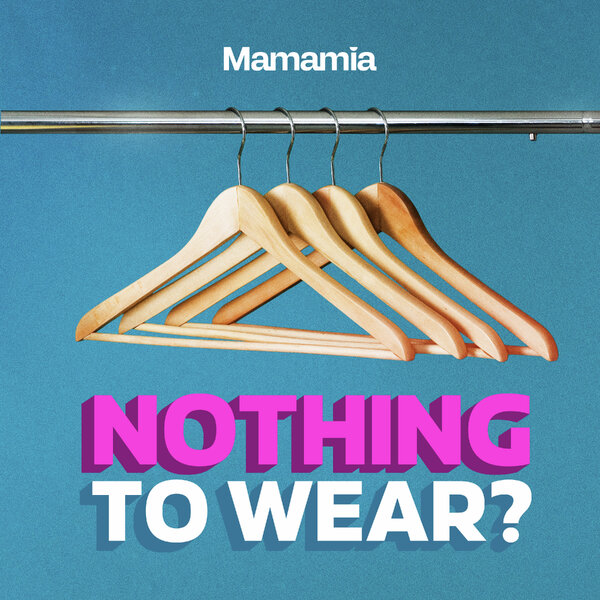By LUCY ORMONDE
Helen Hatzis is considered one of the lucky ones.
And that comes despite the fact that she’s been battling ovarian cancer for five years.
Helen is one of the lucky ones because 60 per cent of the 1200 women who are diagnosed with ovarian cancer every year in Australia don’t live for more than five years.
Just as an FYI, this post is sponsored by L’Oreal Paris. But all opinions expressed by the author are 100% authentic and written in their own words.
She’s one of the lucky ones because she’d finishing having children when she had a full hysterectomy to rid her of the two orange-sized tumors that were growing on her ovaries.
And she’s one of the lucky ones because her body presented symptoms before it was too late to do anything.
Helen has spoken to Mamamia today with the hope that her story will encourage women to be on the lookout for signs of ovarian cancer.
It was 2008 when Helen, who is a mum of two teenagers, was first diagnosed.
She was 42 and working as a speech therapist at a hospital.
“I was having abdominal pains for a period of about 6 to 12 months prior to the diagnosis. I was having pain during sex, which was probably the major symptom for me. I also had bloating and intermittent pain,” Helen says.
Helen went to her GP, who initially suspected Irritable Bowel Syndrome or early-onset menopause. Neither Helen or her doctor seriously considered ovarian cancer and that’s largely because the symptoms are so vague.
According to the Ovarian Cancer Research Foundation, those symptoms can include “Vague abdominal pain or pressure, feeling of abdominal fullness, gas, nausea, indigestion different to your normal sensations, sudden abdominal swelling, weight gain or bloating, persistent changes in bowel or bladder patterns, low backache or cramps, abnormal vaginal bleeding, pain during intercourse and unexplained weight loss.”





























































































